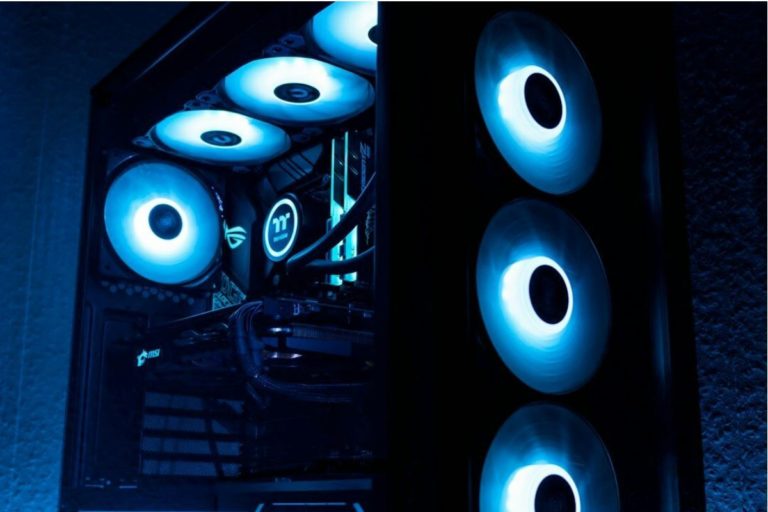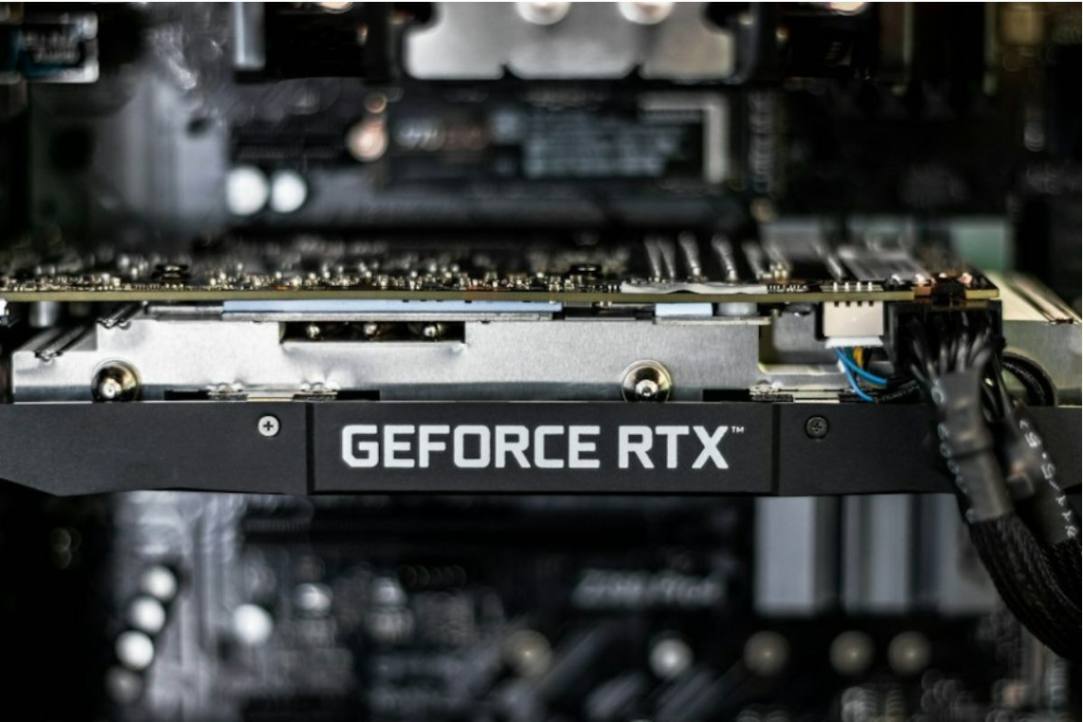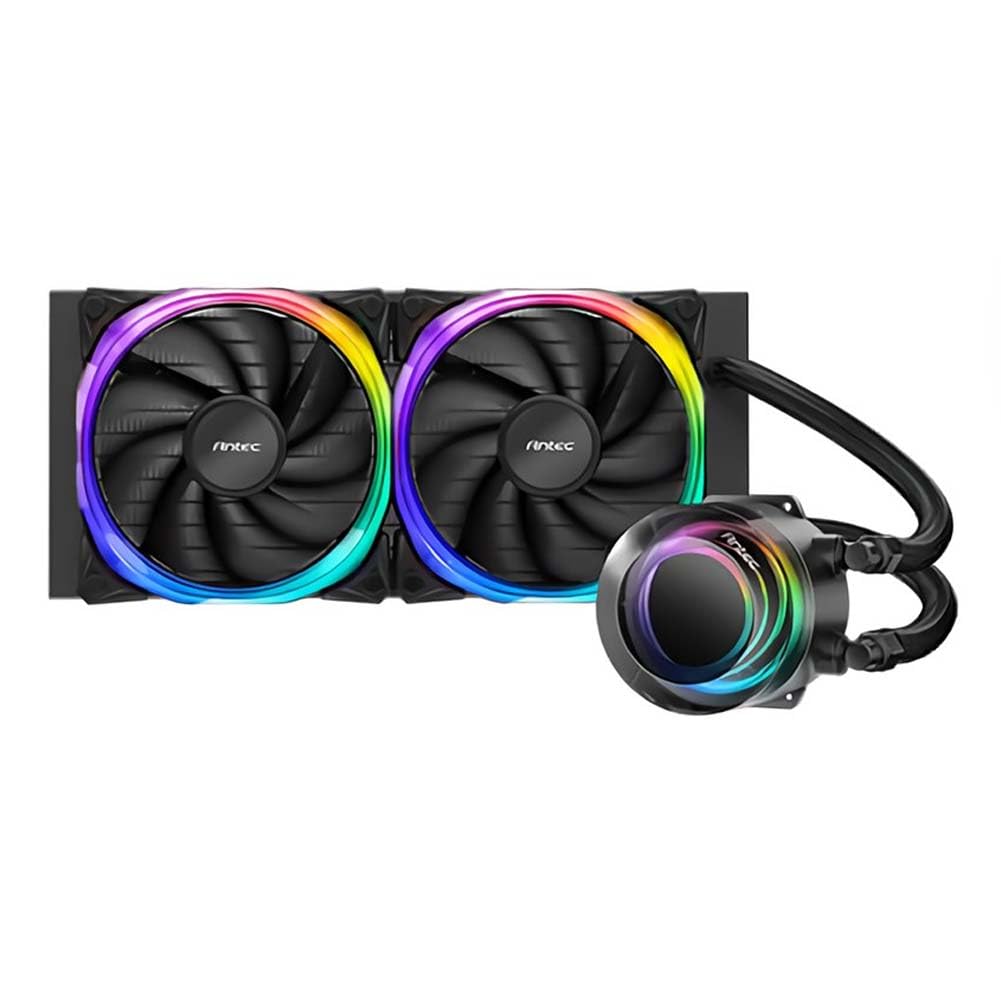Nvidia’s GeForce RTX 4090 is no stranger to the power-hungry demands of modern gaming. Inheriting the legacy of the RTX 3090 Ti, it sets out to establish itself as the reigning champion of graphics cards. However, what makes this journey intriguing is the varying power supply unit (PSU) recommendations provided by Nvidia’s add-in board (AIB) partners for their diverse RTX 4090 models.
A Spectrum of PSU Recommendations
When we delve into the world of RTX 4090 GPUs, we encounter a spectrum of PSU recommendations. While some AIB partners adhere to Nvidia’s standard PSU recommendation of 850W, others push the envelope further.
A significant number of manufacturers list 1000W as the recommended PSU capacity, and a few boldly ascend to an astonishing 1200W recommendation. The question that arises is, why this wide disparity?
GeForce RTX 4090 PSU Wattage Requirements
| Models | Minimum PSU Wattage |
| Asus RTX 4090 ROG Strix OC | 1000W |
| Aorus RTX 4090 Master | 1000W |
| MSI RTX 4090 Suprim X, Suprim Liquid X | 850W |
| PNY RTX 4090 Verto Epic-X | 850W |
| Zotac RTX 4090 AMP Extreme, Trinity | 1000W |
| Galax RTX 4090 SG, ST | 850W |
| Inno3D RTX 4090 X3 OC iChill Black | 850W |
| Palit RTX 4090 GameRock OC | 1200W |
Asus Steps Up: A 1000W PSU Recommendation
Let’s begin with Asus and its ROG Strix model of the RTX 4090. Asus recommends a robust 1000W PSU for this card. The rationale behind this recommendation is the assumption that users will likely engage in overclocking both the CPU and GPU, potentially increasing the overall power consumption. Consequently, this recommendation surpasses Nvidia’s reference Founders Edition by a substantial 150W.
Gigabyte and Zotac: The 1000W Continuum
Gigabyte’s Aorus Master and Zotac’s AMP Extreme/Trinity RTX 4090 graphics cards follow suit with a 1000W PSU recommendation. These recommendations align with the objective of ensuring sufficient power delivery to accommodate overclocking and demanding workloads.
MSI, PNY, Galax, and Inno3D: Sticking to 850W
Contrastingly, MSI, PNY, Galax, and Inno3D adopt a more conservative approach for their flagship RTX 4090 GPUs. These models revert to Nvidia’s reference PSU recommendation of 850W, a decision that may appear more balanced for the typical user.
It is important to note that using a high-quality PSU, rated at least 80 Plus Gold or higher, is advisable for GPUs at this level of performance.
Palit’s Bold Move: A Whopping 1200W PSU
Taking center stage, Palit and its RTX 4090 GameRock graphics card make a bold statement with a staggering 1200W PSU recommendation. This recommendation raises eyebrows and prompts questions about the reasoning behind such a substantial power requirement.
It is plausible that Palit envisions scenarios involving power-hungry CPUs, potentially overclocked to the extreme, to warrant such a recommendation. Another consideration may be the card’s compatibility with extreme variants like the Galax Hall of Fame (HOF). Interestingly, Palit lists a Total Board Power (TBP) of just 450W for its cards, adding an element of mystery to the 1200W recommendation.
The Complexity of PSU Selection
The multitude of PSU recommendations for RTX 4090 graphics cards can be bewildering for consumers. Selecting the wrong PSU could lead to compatibility issues or even system instability.
Manufacturers often promote high-wattage power supplies, such as 1550W units, to accommodate these demanding GPUs. However, the key question remains: How much power do you truly need?
Most of the referenced RTX 4090 models are flagship GPUs engineered to push the RTX 4090 GPU core beyond its reference specifications. This is achieved through robust power delivery, expensive coolers, and increased power limits. Consequently, these GPUs exhibit elevated power requirements. Given the RTX 4090’s baseline power draw of 450W, it is plausible to anticipate RTX 4090 cards routinely drawing 500W or more under load.
Considerations Beyond PSU Wattage
It’s crucial to approach recommended PSU wattages with discernment, as they may not align with every user’s specific setup.
Variations in CPU power consumption, overclocking, and system configurations play pivotal roles. While one user may employ a power-hungry CPU consuming over 300W, another may utilize a more power-efficient processor drawing less than 100W during gaming. Additionally, systems with multiple hard drives and peripherals may exhibit diverse power requirements.
The diversity in recommended PSU wattages may also serve as a safeguard to reduce support calls. Recommending a significantly higher PSU wattage than strictly necessary offers a safety margin, ensuring stable and efficient power delivery. It is worth noting that not all 850W PSUs are equal in quality and performance, making the suggestion of a 1000W or 1200W PSU a pragmatic approach to mitigate potential issues.
Furthermore, the introduction of the ATX 3.0 power supply specification caters to next-generation GPUs like the RTX 40-series. These power supplies are tailored to handle the demands of super-powerful GPUs and incorporate new technology standards to manage transient spikes effectively.
Equipped with the 12VHWPR connector, capable of delivering up to 600W over a single cable, they eliminate the cumbersome octopus adapters accompanying RTX 4090 cards.
Bottom line
After a thorough analysis, it becomes evident that opting for a 1200W power supply unit is crucial for ensuring optimal performance and stability when using RTX 4090 graphics cards. The power-hungry nature of these high-end GPUs, exemplified by models like the Zotac Gaming GeForce RTX 4090 AMP Extreme AIRO, necessitates a robust power supply to meet their demanding power requirements.
Investing in a 1200W PSU not only safeguards against potential power-related issues but also allows for headroom for future upgrades and system expansions, ensuring a seamless gaming experience. For a detailed review of the Zotac Gaming GeForce RTX 4090 AMP Extreme AIRO and its power requirements, refer to our comprehensive analysis.




